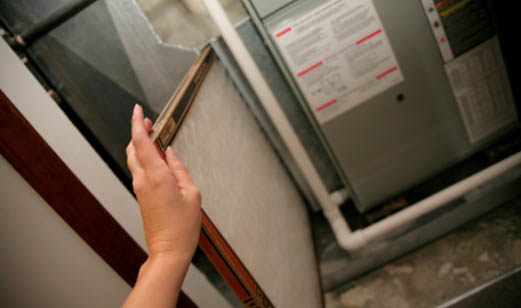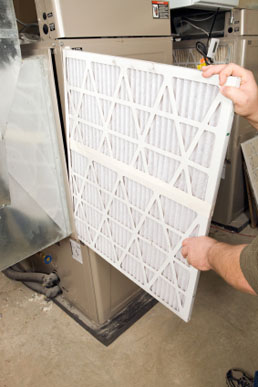Imagine going to work every day in an office without any proper ventilation. There is no air circulation throughout the building, which means it’s swelteringly hot and stuffy in the summer and freezing cold in the winter. Such a simple thing can create working environments that are unpleasant or just downright uninhabitable, and often prevent new companies from leasing office space. The key to avoiding this situation lies in regular and on going maintenance of the buildings HVAC systems.
What Is HVAC Maintenance?
The systems that keep a building running are the key to maintaining a healthy and comfortable environment inside, and in this case that is the HVAC systems. HVAC (which stands for heating, ventilation and air conditioning) is an essential part of creating comfortable and legal living and working environments. Each unit varies, with some being simple and easy to maintain and others proving incredibly complex and intricate. Their size can also vary from very small units for individual offices to large central equipment designed to heat, cool, treat and condition entire factories, office buildings or schools. This equipment requires periodic maintenance to ensure it remains working at maximum efficiency and won’t break down. With some units you can conduct visual checks yourself, but we always recommend bringing in a professional to run more comprehensive checks and perform any tweaks or repairs the machines may need.
Why Is It Important?
Like any Mechanical and Electrical system, regular maintenance includes cleaning, topping up any fluids or other components and carrying out safety checks to ensure none of the elements are faulty. This can prevent potential failures down the line. A well maintained HVAC system keeps your air clean, improves the life of the system itself and keeps it running efficiently. You can find more tips on why maintaining your HVAC systems is essential here.
Why Should I Invest In Preventive HVAC Maintenance?
When it comes to preventive HVAC maintenance, you should think of it in the same way as doing maintenance on your car. If you don’t change the oil, replace the belts and filters before they start to wear and damage and keep it running effectively then the car won’t run. But instead of waiting for the parts to fail and ending up without a car while you wait to replace them, taking steps to repair and replace them before that stage saves you time, money and stress.
The good news is that on going HVAC maintenance isn’t an expensive outlay, unlike the cost of replacing a full unit. While the cost of replacing a complete system can run into the tens of thousands, maintenance of that system will cost a fraction of that and keep your buildings in working order for longer. Not only that, but there is some evidence to suggest that well run HVAC systems could actually save you money in terms of energy and electricity used by your building. By investing in regular maintenance for your HVAC systems you are ensuring lower payouts for repairs, reducing your emergency call outs (and their charges) and providing a cleaner, more comfortable environment for your tenants. For advice or help with your long term HVAC maintenance plan, call us at 678-909-6377













